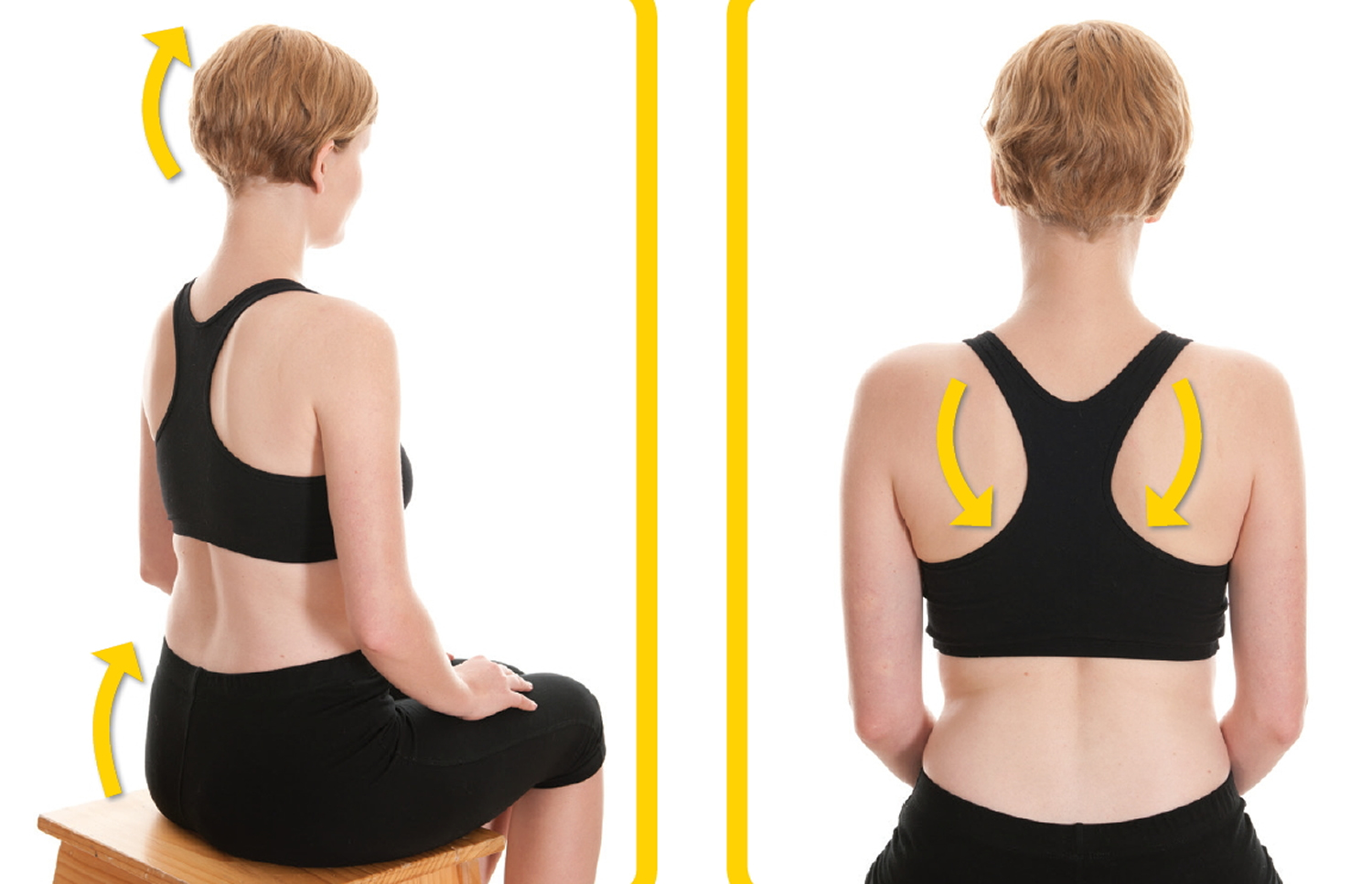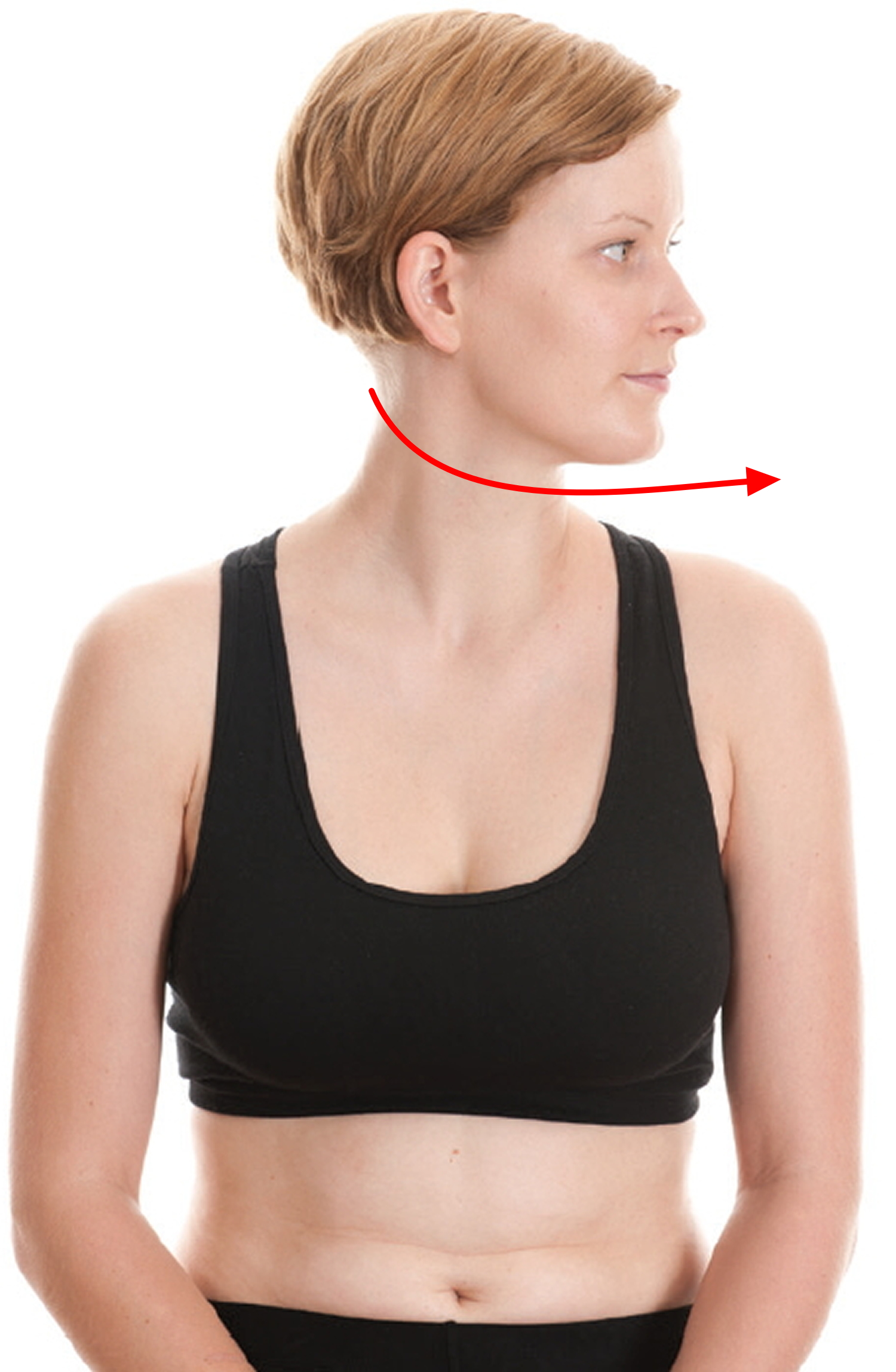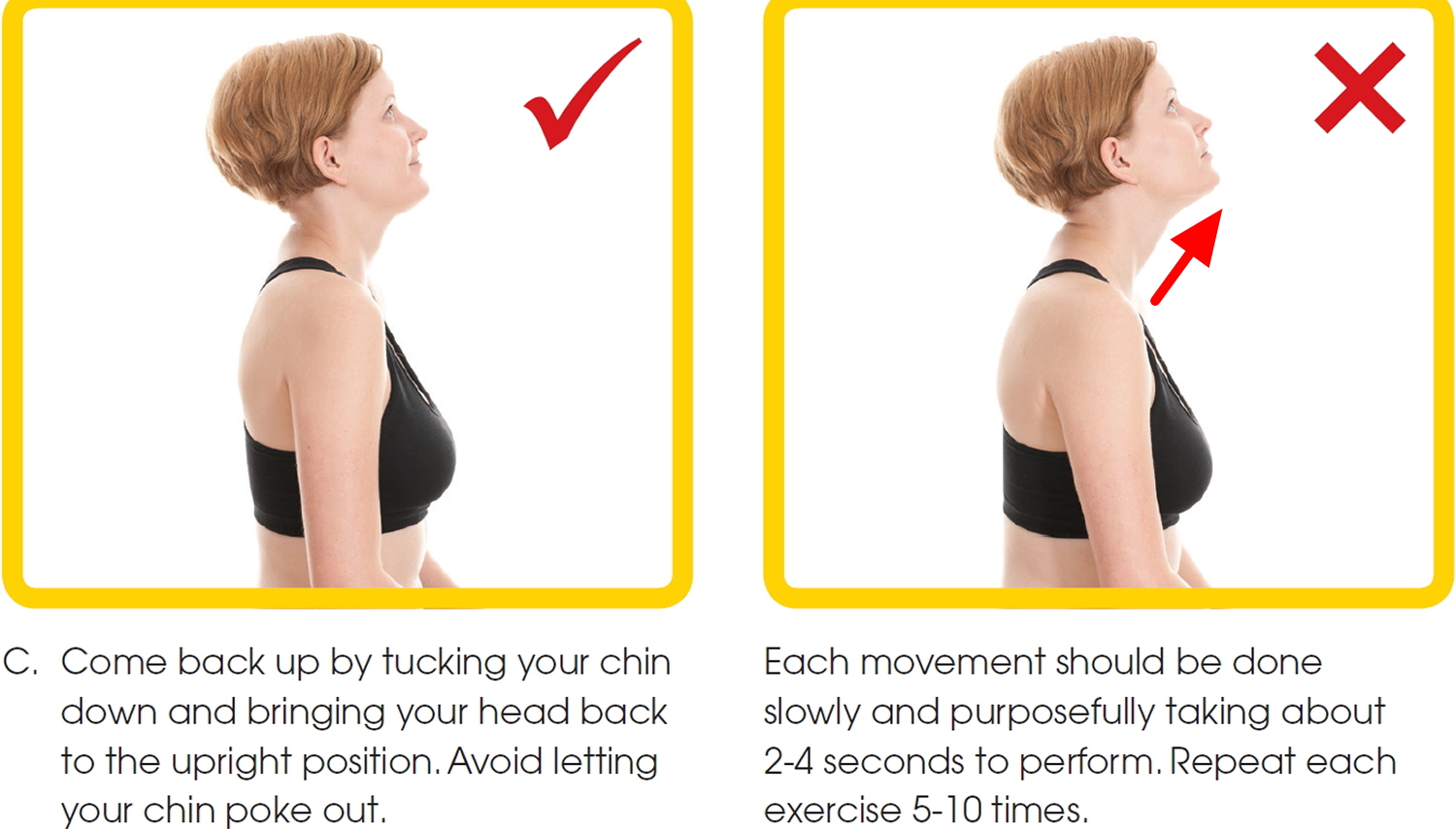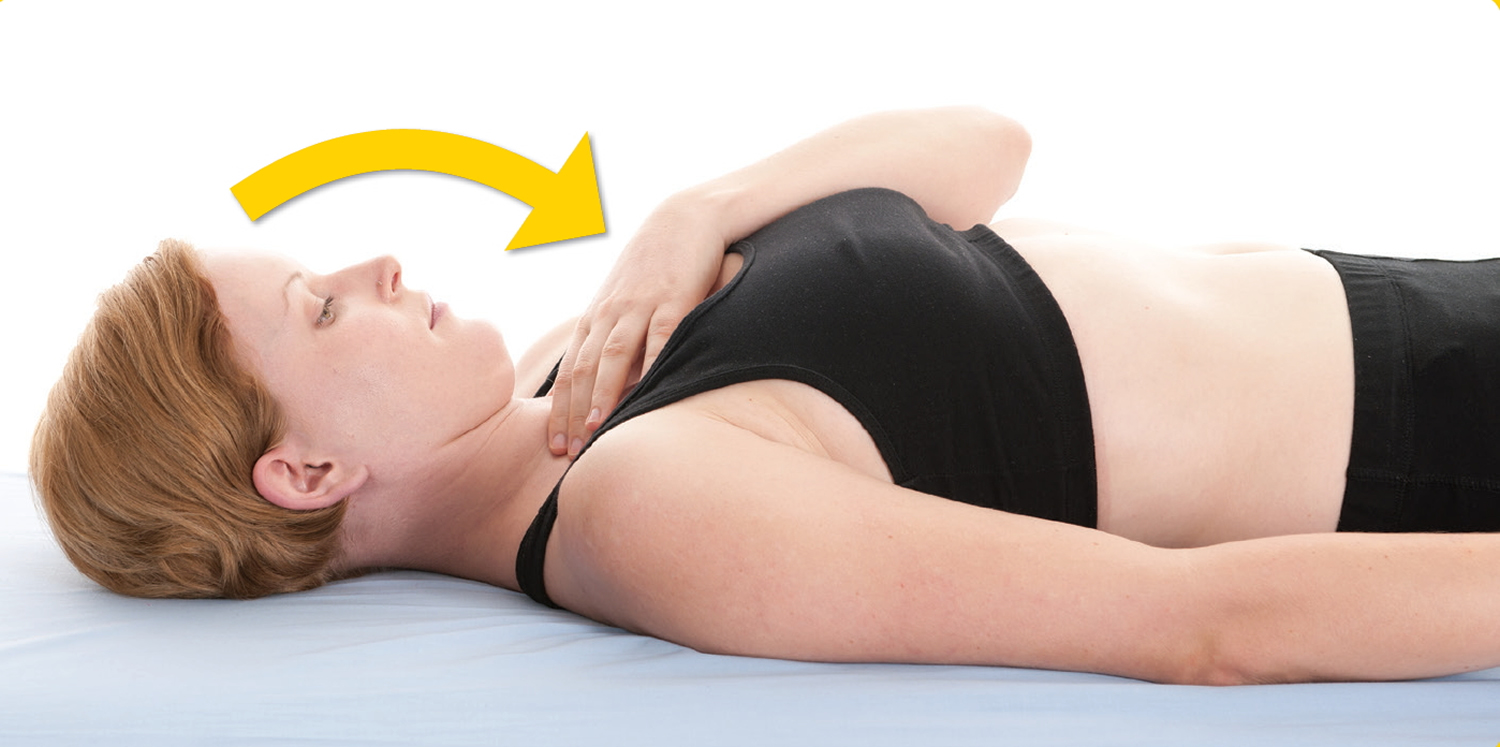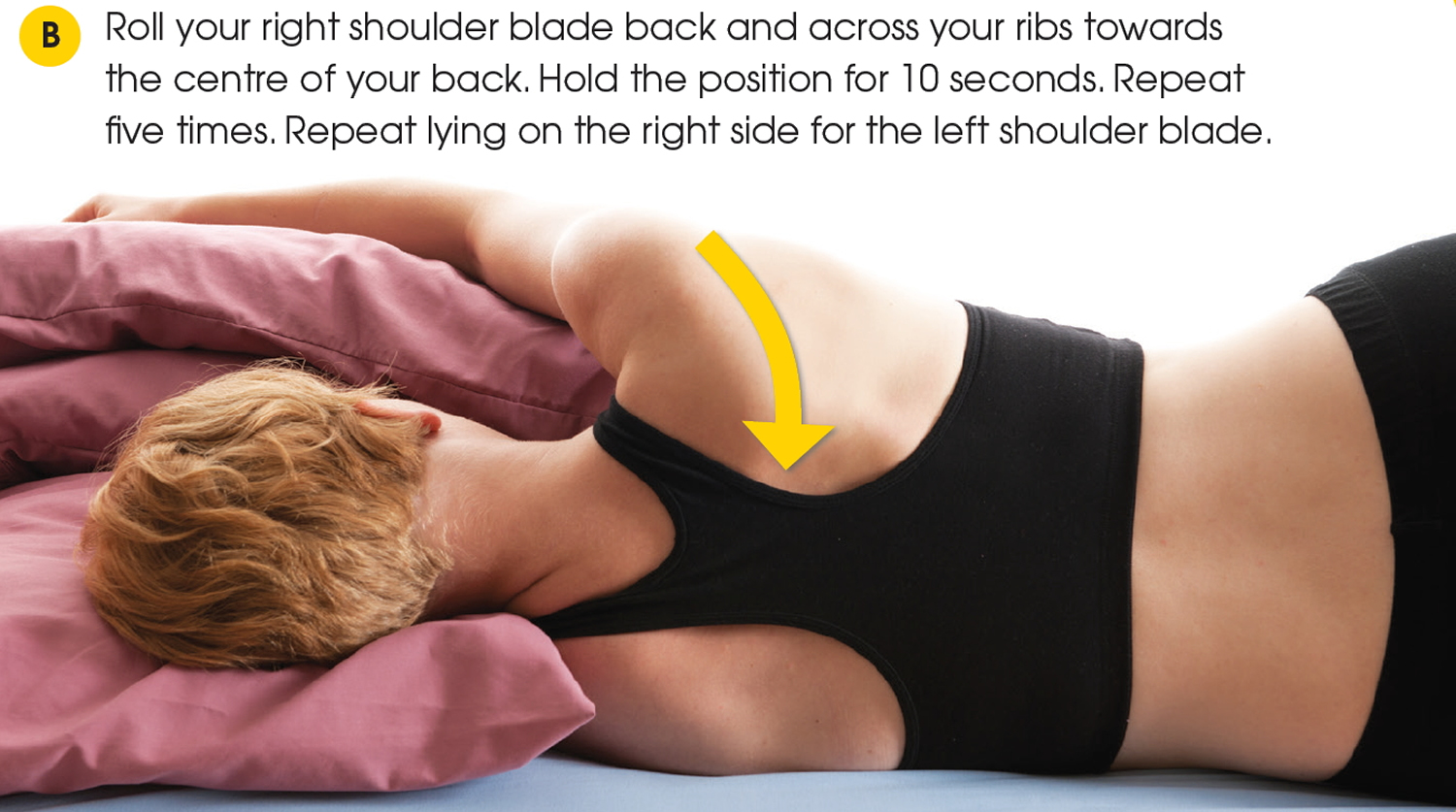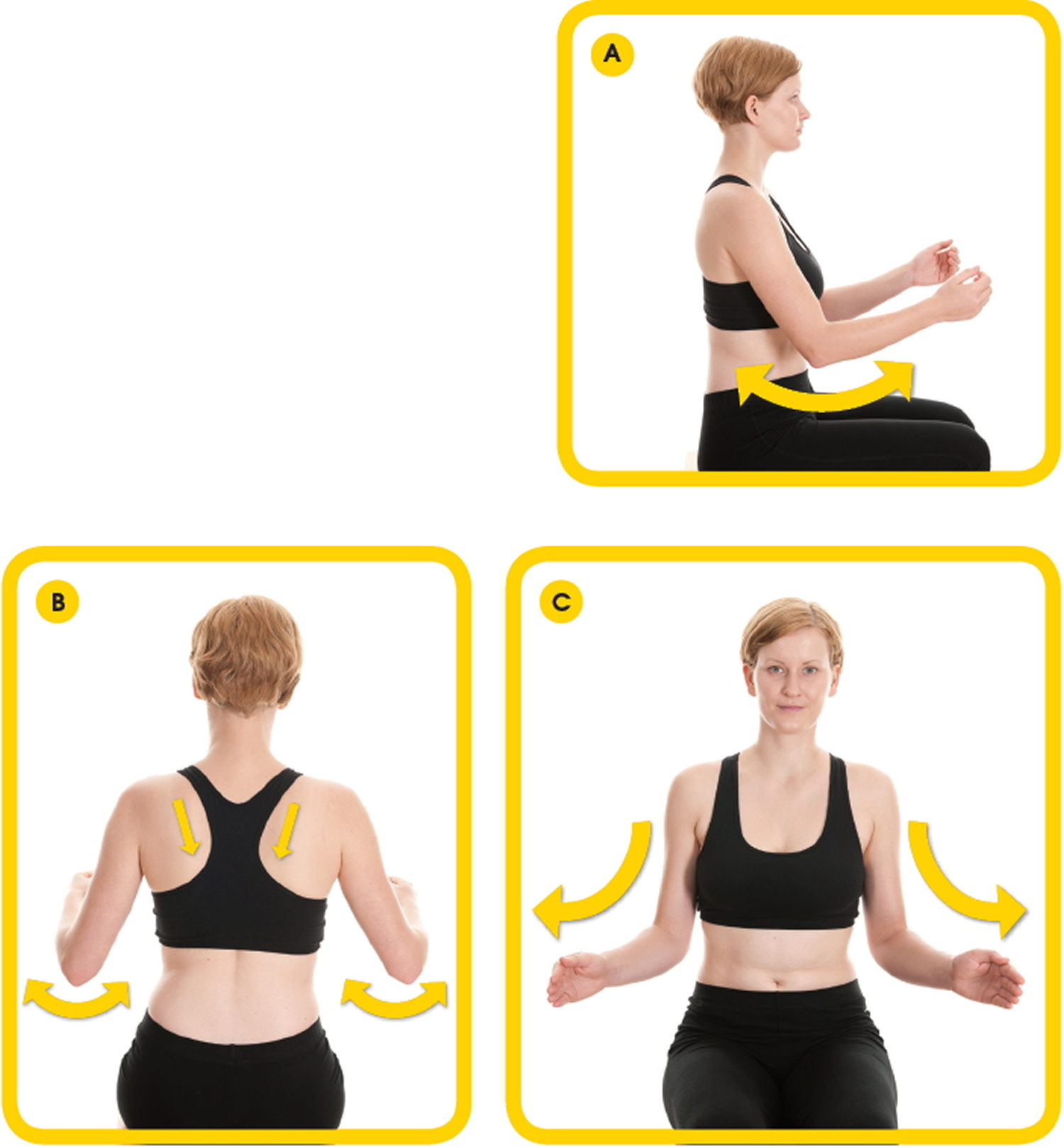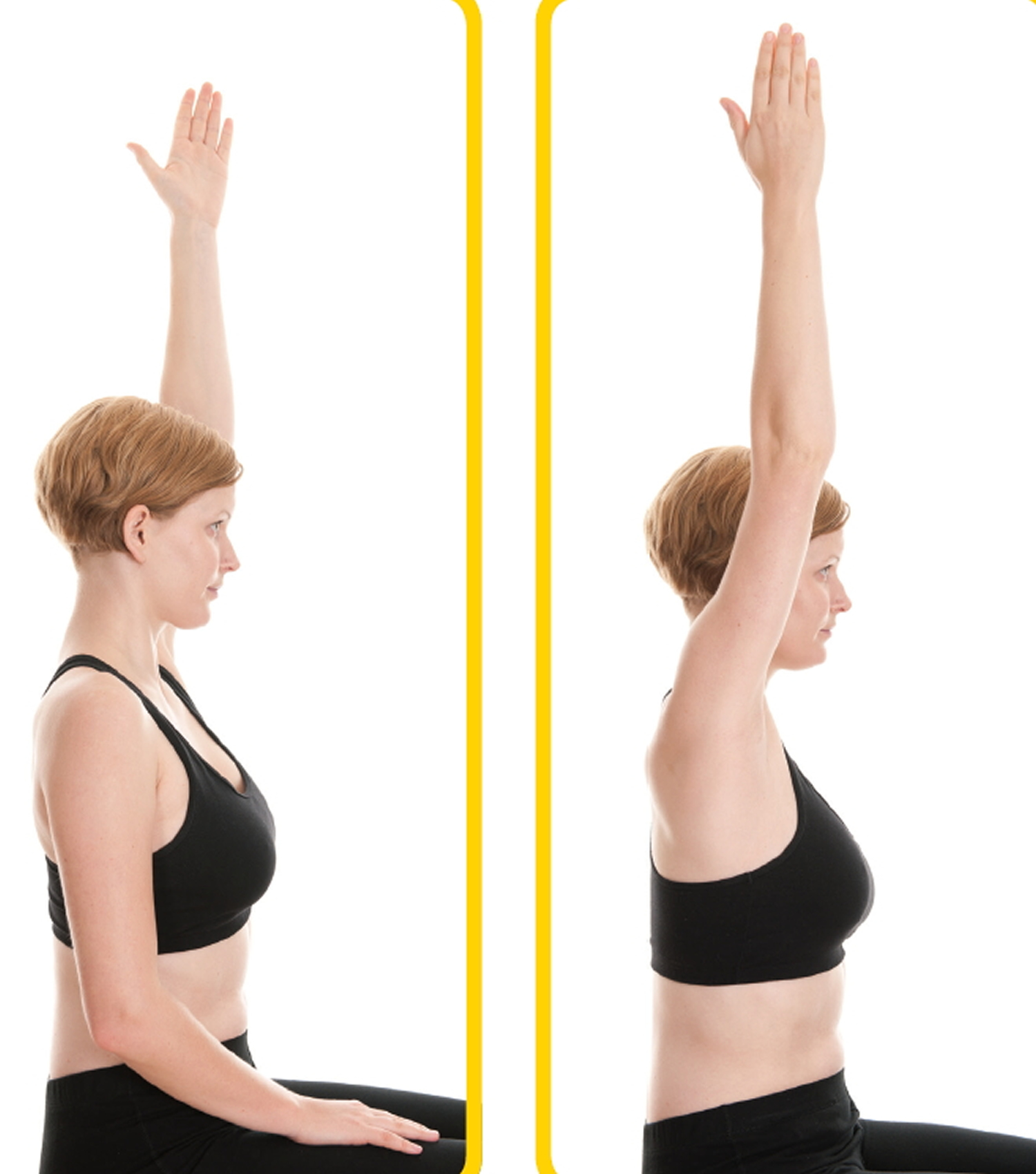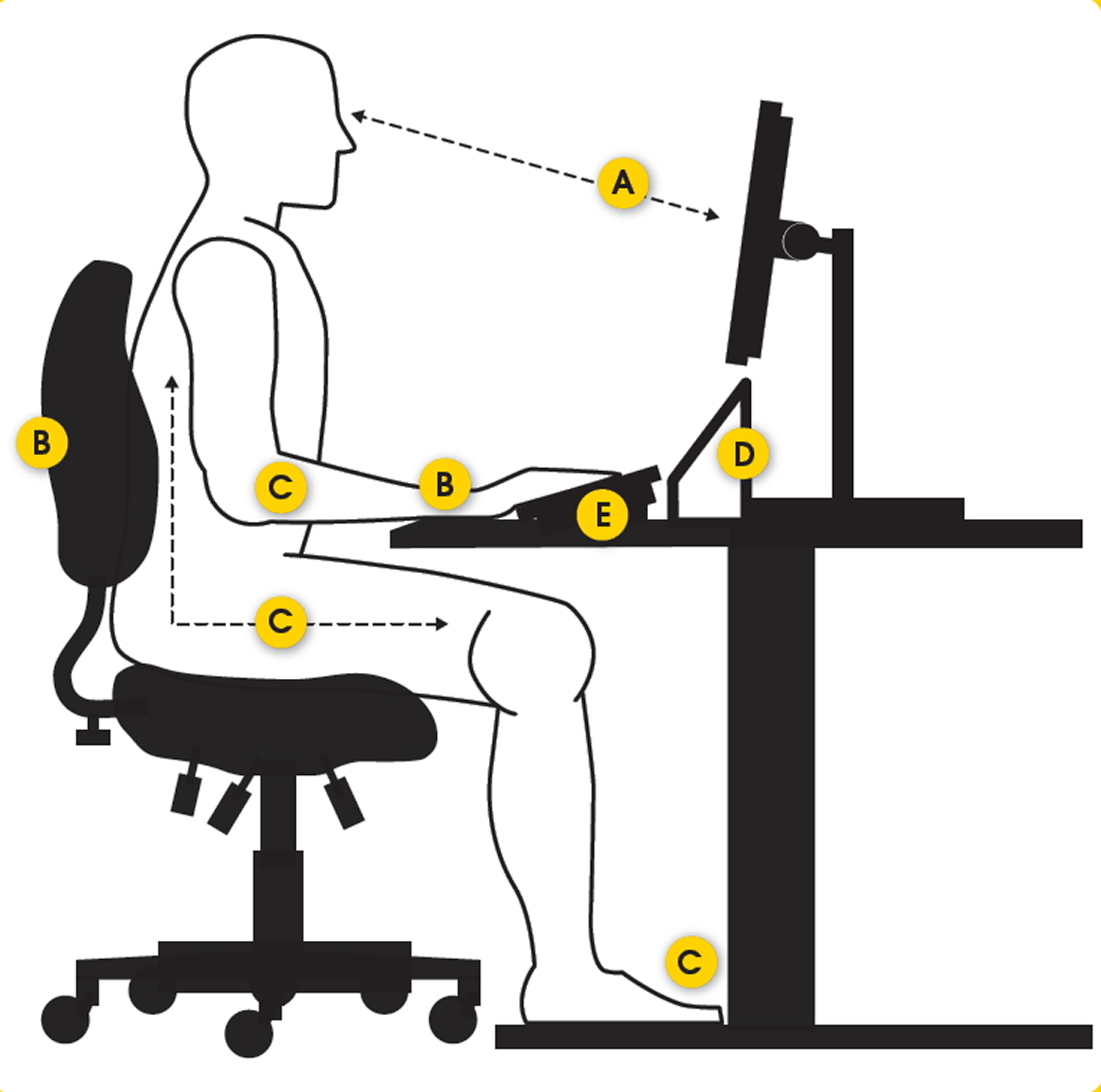Contents
What is whiplash
Whiplash is an injury to the muscles, tendons and other soft tissues of the neck. It is caused by a sudden and vigorous movement of the head, sideways, backwards or forwards. Any impact that causes your head to suddenly accelerate or decelerate can cause symptoms of whiplash. However, sometimes whiplash result in no injury or pain at all.
The neck is made up by the cervical spine, the first seven vertebrae of the back. Areas of the vertebrae commonly affected are the intervertebral joints (the joints between each vertebrae), the intervertebral discs (the soft material that cushions one vertebrae from another), and the ligaments, muscles and nerve roots that hold the vertebrae together.
Rear collision motor vehicle crashes are the most common cause of whiplash injuries. Whiplash injuries can also occur in other situations where the body is exposed to sudden starts and stops such as contact sports like football, rugby or soccer. Neck sprain or neck strain are other terms that are used to describe whiplash injuries.
Approximately 120,000 whiplash injuries occur in the US each year. The statistics vary for different countries.
Generally, whiplash injury causes acute neck pain and stiffness within hours of the accident, however these symptoms may in some cases be delayed for several days.
Pain should resolve with treatment after several weeks, and most patients are fully recovered within three months of the injury. Some individuals may continue to suffer pain and headaches after this.
Whiplash symptoms often greatly improve or disappear within a few days to weeks. It may take longer for symptoms to completely disappear and some people experience some pain and neck stiffness for months after a whiplash injury.
More than 50% of whiplash resolve after a few weeks of treatment. However, approximately 30% of cases become chronic and persist for months or years.
Common symptoms of whiplash include:
- neck pain and tenderness
- neck stiffness and difficulty moving your head
- headaches
- muscle spasms
- pain in the shoulders and arms
Less common symptoms include pins and needles in your arms and hands, dizziness, tiredness, memory loss, poor concentration and irritability.
It can take several hours for the symptoms to develop after you injure your neck. The symptoms are often worse the day after the injury, and may continue to get worse for several days.
Whiplash injuries are commonly caused by:
- motor vehicle accidents
- a sudden blow to the head from contact sports such as rugby or boxing
- being hit on the head by a heavy object
- a slip or fall where the head is jolted or jarred.
Whiplash occurs when the neck is moved beyond its usual range of movement, which overstretches or sprains the soft tissues of the neck (tendons, muscles and ligaments). This causes pain and discomfort in the neck and shoulders and may also cause back pain.
The joints and ligaments of the neck are covered by muscles. So whiplash injury cannot be seen from the surface. This can be frustrating when your neck is painful. Imagine a sprained ankle. Immediately following a sprain, the ankle becomes bruised, swollen and painful to move.
Visit your doctor if you’ve recently been involved in a road accident, or you’ve had a sudden impact to your head and you have pain and stiffness in your neck.
It is important to get a prompt and accurate diagnosis and to rule out fractures or other tissue damage that may be contributing to symptoms.
They’ll ask how the injury happened and about your symptoms. They may also examine your neck for muscle spasms and tenderness, and may assess the range of movement in your neck.
Scans and tests such as X-rays will usually only be carried out if a broken bone or other problem is suspected.
How long does whiplash last
Pain from a whiplash injury often begins 6 to 12 hours after the injury. Many people feel uncomfortable on the day of the injury or accident and find that pain, swelling and bruising increase over the following days.
Many people recover within a few days or weeks. For others it may take several months but sometimes it can last up to a year or more to experience substantial improvement in symptoms. Ongoing symptoms may vary in their intensity during the recovery period. This is normal.
You should see a doctor if you have had a motor vehicle accident or an injury that’s causing pain and stiffness in your neck.
The length of time it takes to recover from whiplash can vary and is very hard to predict.
Many people will feel better within a few weeks or months, but sometimes it can last up to a year or more.
Severe or prolonged pain can make it difficult to carry out daily activities and enjoy your leisure time. It may also cause problems at work and could lead to anxiety or depression.
Try to remain positive and focus on your treatment objectives. But if you do feel depressed, speak to your doctor about appropriate treatment and support.
What can I do to help my recovery?
Research has shown that it is better to try to keep doing normal daily activities as much as possible to aid recovery.
You need to take care of your neck and not expose it to unnecessary strain during the healing phase. It’s also important to regularly exercise your neck muscles. This booklet offers advice on how to care for your neck and suggests some specific exercises for your neck to help recovery.
Can I do the same activities as before?
Are there any limitations?
In the early stages of recovery, you may need to adapt some activities to care for your neck. However you should gradually resume normal activity as your neck improves (work, recreation and social).
Those who continue to work, even in a reduced capacity at first, have been shown to have a better recovery than people who take a long time off work.
An injury will cause pain. However the pain that occurs in the recovery period does not automatically mean that there is further injury. It is best to stay active and gently exercise to recover.
It may be necessary to limit some of your usual work and recreational activities in the early to mid-stage of recovery. Be adaptable – find new ways to do tasks to avoid unnecessary strain on your neck.
Whiplash causes
Whiplash can occur if the head is thrown forwards, backwards or sideways violently.
Common causes of whiplash include:
- road traffic accidents and collisions
- a sudden blow to the head – for example, during sports such as boxing or rugby
- a slip or fall where the head is suddenly jolted backwards
- being struck on the head by a heavy or solid object
Whiplash signs and symptoms
The symptoms of Whiplash Injury often include pain, decreased mobility of the neck, tenderness, headaches and problems of concentration and memory.
Common symptoms of whiplash include:
- neck pain and stiffness
- swelling and tenderness in the neck
- temporary loss of movement, or reduced movement, in the neck
- headaches, most often starting at the base of the skull
- muscle spasms
- tenderness or pain in shoulder, upper back or arms
- tingling or numbness in the arms
- fatigue
- pain in the shoulders or arms.
Whiplash can also cause:
- lower back pain
- pins and needles, numbness or pain in the arms and hands
- dizziness
- sleep disturbances
- tiredness and irritability
- difficulties swallowing
- blurred vision
- memory problems
- vertigo (a feeling you are moving or spinning)
- difficulty concentrating
- irritability
- tinnitus (ringing in the ears)
- depression.
You should see a doctor if you have neck pain after a car accident or after an injury.
Pain
Whiplash injury is a painful injury. As a result of the impact that caused the injury, there may be bruising or tearing of the soft tissues in the neck region, contributing to symptoms of pain. The pain of whiplash might be localized in the neck, or may also extend to the shoulders, and upper arms. Many individuals who have sustained whiplash injuries also report pain in the lower back region.
Decreased Mobility of the Neck
The uninjured neck has considerable mobility in several directions. The neck can move up and down (flexion-extension), side to side (lateral flexion) and can rotate (rotation). These movements are often restricted following a whiplash injury. There is a natural tendency for muscles to contract when the neck is painful. This contraction is the body’s way of trying to protect itself against further injury.
Tenderness of the Injured Area
Whiplash injury is considered to be an ‘overload’ injury. As a function of the excessive forces that impacted on the neck in the motor vehicle crash, elongation, bruising or tearing of the soft tissue can occur. In turn, the soft-tissue injuries can lead to inflammation and edema (e.g., swelling). Inflamed and swollen tissues are more ‘tender’ in that they are more sensitive to touch. Following a whiplash injury, areas of tenderness can include regions of the neck, shoulders and upper arms.
Headaches
Whiplash injury can also cause headaches. Headaches of whiplash injury may differ from tension or migraine headaches. Whiplash headaches, are more likely to occur at the top or the back of the head as opposed to regions around the eyes or the side of the head. Whiplash headaches can be intermittent or constant.
Memory and Concentration Problems
Individuals who have sustained whiplash injuries sometimes report problems with memory and concentration. If the head was struck during the crash that caused the whiplash injury, it is possible that the memory or concentration problems might be due to concussion. If the head was not struck, the memory and concentration problems are most likely due to the distracting effects of pain or anxiety.
Whiplash injury diagnosis
Questions about the event and your symptoms are the doctor’s first step for making a diagnosis. You also may be asked to fill out a brief form that can help your doctor understand the frequency and severity of your symptoms, as well as your ability to do normal daily tasks.
Examination
During the exam your doctor will need to touch and move your head, neck and arms. He or she will also ask you to move and perform simple tasks. This examination helps your doctor determine:
- The range of motion in your neck and shoulders
- The degree of motion that causes pain or an increase in pain
- Tenderness in the neck, shoulders or back
- Reflexes, strength and sensation in your limbs
Imaging tests
Your doctor will likely order one or more imaging tests to rule out other conditions that could be causing or contributing to neck pain. These include the following tests:
- X-rays of the neck taken from multiple angles can identify fractures, dislocations or arthritis.
- Computerized tomography (CT) is a specialized X-ray technology that can produce multiple cross-sectional images of bone and reveal details of possible bone damage.
- Magnetic resonance imaging (MRI) is a technology that uses radio waves and a magnetic field to produce detailed 3-D images. In addition to bone injuries, MRI scans can detect some soft tissue injuries, such as damage to the spinal cord, disks or ligaments.
Long term effects of whiplash
Most people recover from a whiplash injury although at different rates. No injury is the same as another.
Whiplash is an injury from which most individuals recover well. Studies have shown that people who are positive about recovery and resume their normal daily activities as tolerated may recover faster than those who markedly alter or markedly reduce their activity level for a period.
A small percentage of people who have a whiplash injury may develop long-term neck pain. Research is being conducted worldwide to understand why there are different recovery rates between different people. Some reasons have been identified such as age and initial severity of the pain or injury. However there is still more to be learnt.
The main symptoms of a whiplash associated disorder are neck pain and stiffness. Other symptoms such as headaches, aching in the arms or feelings of being lightheaded are common.
Symptoms may appear immediately after the incident or have a delayed onset of a few hours or days. The nature of injury and the number and severity of symptoms vary between different people.
Neck x-rays may be taken to rule out injuries such as bone fractures or dislocations. X-ray reports often state that no abnormality has been found. However, x-rays do not reveal injuries to the soft tissues of the neck (non bony parts of joints, ligaments, muscles) and x-rays do not provide information about pain levels. Normal x-rays only provide assurance that there are no major bone injuries.
Whiplash treatment
It is important to note that, although there are many different treatment options available for the management of whiplash injury, not all have been shown to be effective. It is also important to note that even though a certain treatment might have been shown to be effective, it might not be the right treatment for you.
It is best to have an in-depth discussion with your doctor or physiotherapist to determine the best treatments for the symptoms you are experiencing.
Treatment involves a combination of pain medication, nonsteroidal anti-inflammatory drugs, antidepressants, muscle relaxants and a cervical collar, in conjunction with physiotherapy.
Pain management
Your doctor may recommend one or more of the following treatments to lessen pain:
- Rest. Rest may be helpful during the first 24 hours after injury, but prolonged bed rest may delay recovery.
- Ice or heat. Apply ice or heat to the neck for 15 minutes up to six times a day.
- Over-the-counter pain medications. Over-the-counter pain relievers, such as acetaminophen (Tylenol, others) and ibuprofen (Advil, Motrin IB, others), often can control mild to moderate whiplash pain.
- Prescription painkillers. People with more-severe pain may benefit from short-term treatment with prescription pain relievers.
- Muscle relaxants. These drugs may control pain and help restore normal sleep if pain prevents you from sleeping well at night.
Injections. An injection of lidocaine (Xylocaine) — a numbing medicine — into painful muscle areas may be used to decrease pain so that you can do physical therapy.
How to treat whiplash
A number of treatments have been developed to manage the symptoms of whiplash injury. Some of the more common treatments described below include:
- Advice to remain active
- Education
- Medication
- Physiotherapy
- Treatment of Mental Health Problems
Advice to Remain Active
Many doctor’s and physiotherapists will recommend to their patients that they try to remain as active as possible during the recovery period. While such advice might not appear to be much of a treatment, the advice is nevertheless a critical element in ensuring optimum recovery.
When people are injured and are experiencing pain and discomfort, there is a tendency to reduce one’s participation in important activities of daily life. As a result of pain or discomfort, individuals might reduce their participation in family or home activities, in recreational activities and individuals might also discontinue their occupational activities.
Reducing activity sometimes feels like the right thing to do because it is associated with a reduction in pain. But there lies the trap. Activity reduction is probably the worst thing to do in the management of a whiplash injury. While activity reduction might reduce pain and discomfort in the short term, in the long term, activity reduction will likely lead to more severe pain, and more severe disability.
Muscles need to move to remain healthy. Individuals who discontinue the important activities of their daily lives, or individuals who spend excessive time resting or lying down will actually recover more slowly. Slowing down a little bit makes sense during the initial days of recovery, but lying down or bed rest should be avoided. Remaining active is the best formula for optimal recovery.
Medication
The two most frequently prescribed medications for whiplash injury are anti-inflammatories and analgesics. Following a whiplash injury, the soft-tissues of the neck and shoulders can become inflamed. Inflammation often leads to increased stiffness and pain. Anti-inflammatories reduce swelling of the injured soft tissues, and reduce pain as well. Inflammation is typically only present in the first few weeks following injury so anti-inflammatories tend not be used for long term pain management.
There are two main types of analgesics that might be prescribed for pain caused by whiplash injury. There are non-steroidal analgesics such as aspirin or paracetamol (acetaminophen), and there are opiate analgesics such as codeine. Analgesics can be useful treatments to manage the pain of whiplash injury in the short term, but long-term use is typically not recommended. Long-term use of paracetamol can cause stress on liver function. Long-term use of opiate analgesics can lead to gastro-intestinal problems, and of even more concern, these medications can lead to problems of addiction.
Education
It is becoming increasingly clear that education is an important element of the management of whiplash injury. A doctor or a physiotherapist might choose to spend some time explaining to a patient exactly what whiplash is and describe the pros and cons of different treatments.
One of the benefits of education is that it can help reduce anxiety. The experience of severe pain and symptoms of stiffness and headaches can be alarming. The injured person might think, ‘there must be something seriously wrong with my neck’, ‘if it hurts this much, there must be a lot of damage’, ‘when I move, it hurts more, so I should probably not move’. Thoughts like these will create anxiety or fear. In turn, anxiety and fear will lead the person to discontinue even more of their activities.
The doctor or physiotherapist might wish to educate the injured person about why he or she is experiencing a lot of pain, to explain that the symptoms of whiplash will recover over time, and to explain the importance of remaining as active as possible.
The doctor or physiotherapist might also wish to educate the injured person about the relation between pain and injury severity. We often assume that if the pain is severe, this must mean that the injury is severe. But with whiplash injury that is not the case. The pain of whiplash can be very severe, but that does not mean that severe or irreparable damage has been done to the neck. The majority of whiplash injuries are not considered ‘medically serious’; the pain might be initially severe, but the pain dissipates over time.
Physiotherapy
Physiotherapy is another commonly used approach to treating whiplash injury. A physiotherapist might use a variety of treatment techniques to manage the symptoms of whiplash. Initially, the physiotherapist might use modalities such as manual therapy or ice to reduce the swelling and inflammation of the injured areas. The physiotherapist will also provide the injured person with exercises to improve or maintain the movement in their neck as well as strength and control of the muscles in their neck and upper body. This in turn will help increase the person’s tolerance for participation in household, recreational and occupational activities.
As the injured person begins to be more physically active, it sometimes happens that their pain and discomfort might increase. This increase in pain is usually caused by engaging muscles that have remained inactive or immobile for extended periods of time. The pain associated with increasing activity is temporary and will usually subside in a day or two.
Treatment of Mental Well Being
Some individuals with whiplash injuries might develop symptoms of a mental health problem. The most common mental health problems associated with whiplash injury include depression, anxiety and post-traumatic stress symptoms. If an injured person is experiencing troubling symptoms of depression, anxiety or post-traumatic symptoms, the doctor might consider prescribing medication such as an anti-depressant or anti-anxiety medication. Since the presence of symptoms of a mental health problem can slow the rate of recovery following whiplash injury, these medications can play an important role in the successful management of whiplash injury.
If you have developed symptoms of a mental health problem following your whiplash injury, your doctor might also consider a referral to a mental health professional such as a psychologist or a social worker. Psychologists and social workers can provide counselling or psychotherapy that can be useful in managing some of the mental health consequences of whiplash injury. Your doctor can familiarize you with the mental health services that are available in your community.
Other Treatment Approaches
There are many other types of treatments that have been used in the management of whiplash injury. Some of these include manipulation, dry needling, electrical nerve stimulation, traction, ultrasound among many others.
It is difficult to make strong statements about the utility of these treatments since so little research has examined whether they are effective. Injured individuals who are slow to recover might reach a level of desperation where they are willing to try anything. It is important to remember that unless a treatment has been shown to be effective in a clinical trial, there is always the possibility that the treatment might not be helpful, or could actually worsen the condition. Before starting any treatment for your whiplash injury, it is best to discuss with a doctor or medical specialist the treatment options that are most appropriate for your condition.
Home remedies for whiplash injury
You are your own best resource in the recovery process. Managing yourself is a key part to stopping the discomfort that you are experiencing. Staying active is important. Do as many of your normal activities as possible. Some more vigorous activities that place undue stresses on your neck may need to be avoided in the early stages of recovery.
However, better recovery has been found in individuals who continue a healthy active routine after a whiplash injury. This goes for your general health as well as that of your neck.
Plan gradual increases in activity and exercise levels so that you can successfully return to full participation in your regular activities, hobbies or sports.
Continue or resume working
Those who continue to work, even in a reduced capacity at first, have been shown to have a better recovery than people who take a long time off work. It may be necessary to change some work routines for a while.
You may wish to talk to your employer or health care practitioner regarding ways to modify your particular work tasks and environment if difficulties continue.
Keeping a good relationship with your employer and co-workers is helpful in the recovery process. Talk to your employer openly and frequently.
During times of high work load or busy periods, it is important to let colleagues and supervisors know that you may need extra time or help to meet deadlines. Don’t be afraid to ask for help. You may be in a position to return the favor at some time.
Maintain the flexibility and muscle support of your neck
An exercise program that is specific to the neck and upper back will greatly benefit your recovery. The exercise program in this booklet will help you regain normal neck movement and function.
The exercises are also designed to ensure that your neck receives proper support from the muscles.
Perform daily activities in a strain-free way
Thinking about how you do your work and recreational activities can avoid unnecessary strain on your neck, reduce pain and positively assist recovery.
Be aware of neck positions and postures at work and home
Keeping your spine in a good position is important in everyday activities as well as during the exercises.
The positions in which you work and relax each day have a great impact on the health of your spine. It is easy to compensate and allow yourself to develop poor postural habits. You will need to be consciously aware of postures and positions when you are performing tasks at home and work.
Postural correction exercise
Correct your posture by gently growing tall from the lower back and pelvic region (see Figure 1 below).
Gently raise your pelvis up out of a slumped position.
Next, reposition your shoulder blades so they draw back and across your rib cage (towards the center of your spine). This needs only minimal effort.
Gently lift the base of your skull off the top of your neck. This takes the weight of your head off your neck and stimulates the muscles to work.
Hold the position for at least 10 seconds. Repeat frequently during the day (e.g. three or four times an hour).
Perform this exercise when sitting, standing or while walking, at work and at home.
Figure 1. Whiplash injury exercises
Range of motion exercises
For each of the following exercises, complete 5-10 repetitions in each direction.
- Rotation
Assume the correct postural position. Gently turn your head to the left, looking where you are going to see over your shoulder as much as possible.
You may find it easier to have a target on the wall to focus on.
With each repetition, try to go a little further in that direction. Perform the same exercise to the right side.
Figure 2. Neck rotation exercise
- Side bending
Assume the correct postural position. Start with your head centered and gently bring your right ear down towards your right shoulder. You may feel a normal stretch of the muscles on the side of your neck. The exercise should be pain-free. Perform this exercise on the left side.
Figure 3. Neck side bending exercise
- Forward and backward bending
Assume the correct postural position.
Figure 4. Neck forward and backward bending exercise
- Exercises to retrain muscle control
Head nod and holding exercise
This is an important exercise to retrain the deep neck muscles of the front of your neck for pain relief and muscle control.
Lie on your back with knees bent without a pillow under your head and neck.
A. If this is not comfortable, place a small, folded towel under your head for support.
B. Start by looking up at a point on the ceiling. Then with your eyes, look at a spot on the wall just above your knees. Feel the back of your head slide up the bed as you perform a slow and gentle nod as if you were indicating ‘yes’.
While doing the exercise, place your hand gently on the front of the neck to feel the superficial muscles. Make sure they stay soft and relaxed when doing the head nod movement. Stop at the point you sense the muscles are beginning to harden, but keep looking down with your eyes.
Hold the position for 10 seconds and then relax. Look up to a point on the ceiling to resume the starting position. Repeat the exercise 10 times.
Figure 5. Head nod and holding exercise
- Head and neck exercises
These are important exercises to retrain the muscles at the back of your neck for pain relief and muscle control. There are three exercises to perform, which ensures you exercise the upper and lower regions of your neck.
Lie on your stomach, propped up on your elbows. Push through your elbows to prevent your chest from sagging between your shoulder blades.
To begin, perform each exercise five times as one set. Try to build up to three sets (and eventually three sets of 10 repetitions each). Remember to keep pushing through your elbows to keep your chest raised for the whole set. Have a rest between sets.
Figure 6. Head and neck exercises
- Shoulder blade exercises
Poor muscle control around the shoulder blades can increase pain and strain on the neck. There are three exercises that you can do for your shoulder blades and arms.
This first exercise will relax and ease any tension in the muscles on top of your shoulders. It can give you pain relief.
Figure 7. Shoulder blade exercises
The second exercise helps you to improve the control of your shoulder blades while mimicking work you may do with your arms. It trains you to ease any tension in the muscles on top of your shoulders while you are using your arms.
Sit and correct your posture and draw your shoulder blades back and across your rib cage as you have already practised.
Concentrate on holding your shoulder blade position. Then move your arms:
- (A) forwards and backwards;
- (B) out to the side; and
- (C) turn your forearms outwards.
Do not lift your arms more than 30 degrees in exercises A and B (that is, about a quarter of the way up). Perform each exercise (A,B and C) five times and repeat this set three times.
When you feel confident that you can do the exercise keeping your shoulder blades gently back, hold a 250 gram can in each hand as a small weight.
Figure 8. Shoulder blade exercises part 2
The third exercise is simply raising alternate arms forward as far up as you can go. Make sure that you maintain a good posture, especially concentrating on lifting the base of your skull off the top of your neck and then as you raise your arm, keep your thumb facing upwards. Perform three sets of five left and right arm raises.
Figure 9. Shoulder blade exercises part 3
- Neck isometric exercise (no movement)
Assume the correct postural position and gently raise the back of your head. Place your right hand on the right cheek. Without moving your head, turn your eyes to the right and gently push your head into your hand as if to look over your shoulder. While performing this exercise no movement occurs. Hold the muscle contraction for five seconds.
Do the exercise smoothly and gently, use only 10% effort.
Change hand position and perform the same exercise to the left side. Do five repetitions on each side.
Figure 10. Neck isometric exercise
Once your neck pain has settled, the exercises can be progressed to include strengthening exercises.
These exercises should not cause pain. Progress slowly.
- Head lift exercise
The weight of your head is enough weight to lift. Start by sitting on a chair close to a wall. Rest your head back on the wall.
Slide the back of your head up the wall to nod your chin and hold it in this position. Then just take the weight of your head off the wall (your hair still touches the wall). Hold for five seconds and relax.
Start by doing three sets of two to three repetitions and gradually build up to three sets of five repetitions.
Shifting the chair a little further from the wall makes the exercise more difficult.
You can progress the exercise by moving the chair away from the wall in five centimeter stages.
Figure 11. Head lift exercise
Progression: Lie resting your head on two pillows.
Slide the back of your head up the pillow to nod your chin and hold it in this position. Then try to just lift the weight of your head until it just clears the pillow.
Hold for five seconds and relax. Start by doing three sets of two to three repetitions and gradually build up to three sets of five repetitions.
The exercise can be progressed by removing one pillow and performing the exercise in the same way.
Figure 12. Head lift exercise (progression)
Sitting
Sitting in one position for prolonged periods is not good for anyone, certainly not someone with neck pain.
Change your position
Sitting in one position for prolonged periods is not good for anyone, certainly not someone with neck pain. Keep your neck healthy and move often.
It is essential that you change your position before your neck becomes stiff or sore. Perform the postural correction exercise regularly. Stand up and move regularly, at least every hour.
Assess how you spend your day at work
Whether sitting in a motor vehicle, at a desk or computer terminal, you need to give your body a regular change of position throughout the day. Take a ‘neck break’, it can be as simple as standing up for a few moments to straighten your spine. Stand and stretch backwards gently to reverse the flexed sitting posture. A complete change of position every hour is advisable.
Working at a computer
Arrange your desk, chair and computer to avoid strain on your neck (see Figure 2). Have work materials close to you and in easy reach.
- A. Position the top of your screen slightly below eye level and directly in front of you (50-70cm or arm’s length away). There is no single monitor height suitable for everyone. Position the screen to have a comfortable viewing angle to the middle of the screen. Avoid extremes of head and neck bending (upwards or downwards).
- B. Have an adjustable chair so that you can change the height and angle of the back support. Have the chair close to the desk so you do not have to reach for the keyboard or mouse. If possible, rest your forearms on the desktop to ‘unload’ the shoulders.
- C. Desk height should allow sitting with shoulders and arms relaxed with elbows at a 90 degree angle and wrists in a neutral position. Sit with hips and knees at close to 90 degree angles. Feet should be flat on the floor or use a foot stool to achieve a comfortable position.
- D. If working from documents for prolonged periods, these should be placed on a document holder either positioned between the keyboard and monitor or at the same eye level as the screen and close to the monitor. Reading from items placed flat on the desktop may increase the strain on your neck and should be avoided. Books and documents should be elevated onto a sloped surface (e.g. an empty 2-ring folder).
- E. When using the computer mouse, keep the mouse close to the keyboard, use keyboard shortcuts instead of the mouse and alternate which hand uses the mouse.
Current research suggests that spending time standing at work (high set work station) has benefits not only for the neck and back, but also for general health (e.g. by increasing daily activity levels to help maintain healthy body weight). At home and work, try to spend time working in a standing position.
Figure 13. Working at a computer

